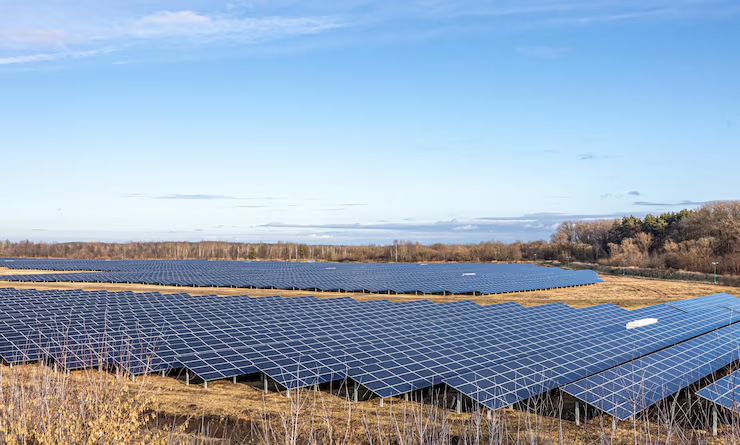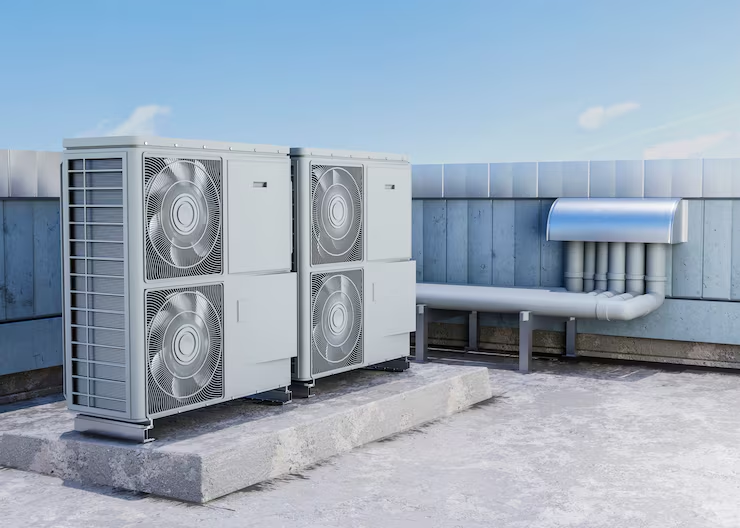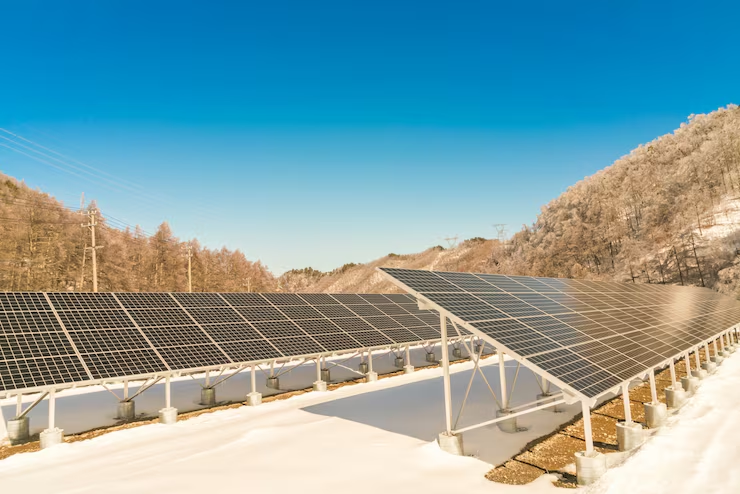
Solar Energy in Canada: Why Photovoltaic Systems Are the Future
October 5, 2025
Top 5 Reasons to Upgrade Your Outdated HVAC System
October 5, 2025As the world increasingly turns toward sustainable energy solutions, solar thermal systems are becoming a crucial technology in the effort to reduce reliance on fossil fuels and lower carbon emissions. Unlike traditional heating systems that rely on electricity or gas, solar thermal systems harness the sun’s energy to heat water and air, providing an efficient, renewable way to meet a building’s heating needs.
In Canada, where winters can be long and harsh, the demand for effective and cost-efficient heating solutions is high. With advancements in solar thermal technology, these systems are proving to be a valuable solution for both commercial and residential properties looking to lower their heating costs while supporting sustainability efforts.
How Solar Thermal Systems Work
Solar thermal systems utilize solar collectors that absorb sunlight and convert it into heat. This heat is then transferred to a fluid (usually water or antifreeze), which is circulated through pipes to a heat exchanger. The heat is transferred to a building’s heating system, such as a radiator, underfloor heating system, or a hot water tank. Solar thermal panels can be installed on rooftops, walls, or other areas with direct exposure to sunlight, making them highly adaptable to different building types.
Energy Efficiency and Cost Savings
One of the primary benefits of solar thermal systems is their energy efficiency. By using the sun’s free energy, property owners can significantly reduce their reliance on gas or electricity for heating. These systems are designed to work effectively even in colder temperatures, meaning they can provide reliable heating throughout the year, with increased efficiency during sunny periods. Over time, solar thermal systems can lead to substantial savings on heating bills, especially when used in combination with other energy-efficient technologies.
Environmental Benefits
Solar thermal systems offer significant environmental benefits by reducing greenhouse gas emissions associated with heating. Traditional heating methods, such as burning natural gas, produce carbon dioxide and other harmful pollutants. By switching to solar thermal technology, buildings can dramatically lower their carbon footprint, contributing to national and global sustainability goals. This makes solar thermal systems a key solution for those seeking to meet environmental regulations and standards, such as LEED certification and Net Zero building performance.
Low Maintenance and Longevity
One of the attractive features of solar thermal systems is their low maintenance requirements. With no moving parts, solar collectors are durable and require minimal upkeep. Annual checks are typically sufficient to ensure optimal performance. The longevity of these systems is another key factor: well-maintained solar thermal systems can last for over 20 years, offering a long-term return on investment.
Integration with Other Energy Systems
Solar thermal technology works seamlessly with other energy-efficient systems. For example, combining solar thermal with photovoltaic panels (solar electricity) and advanced HVAC systems creates a fully integrated energy solution for homes and businesses. By using solar energy for both electricity and heating, property owners can achieve greater energy independence, reduce their overall energy consumption, and further contribute to Canada’s green energy transition.
Conclusion
Solar thermal systems offer an incredibly efficient and eco-friendly alternative to traditional heating methods. With the ability to provide reliable, renewable heating throughout the year, these systems are helping property owners save on energy bills, reduce their environmental impact, and contribute to a sustainable future. At Evergreen Energy Ascent Ltd, we specialize in designing and implementing customized solar thermal systems that meet the unique needs of each project, ensuring long-term performance and maximum efficiency.

